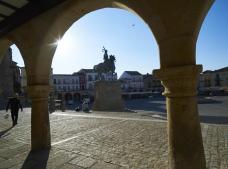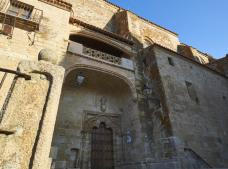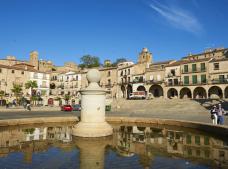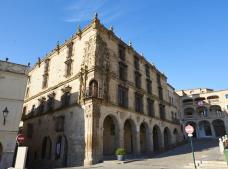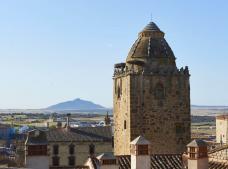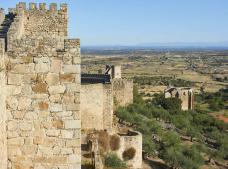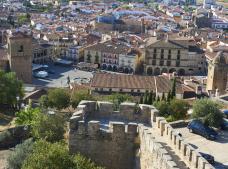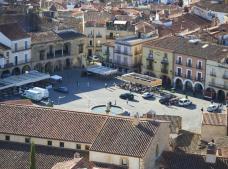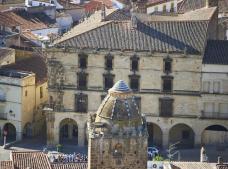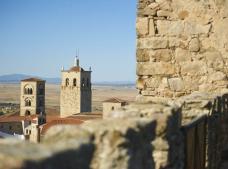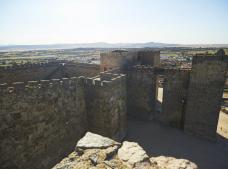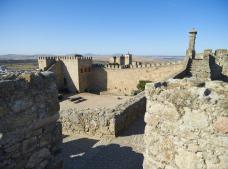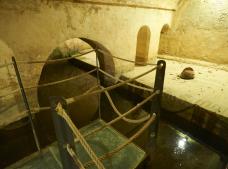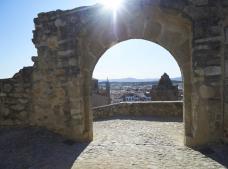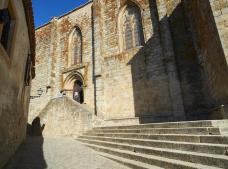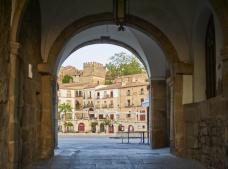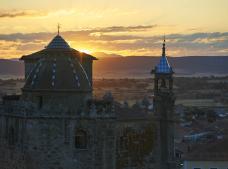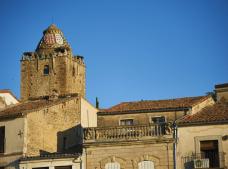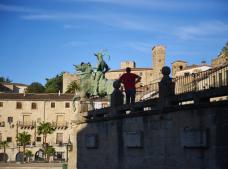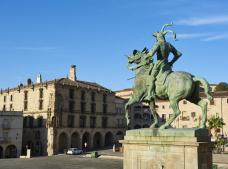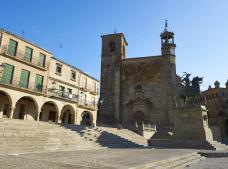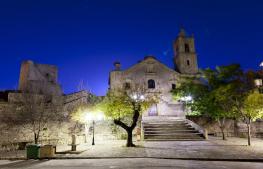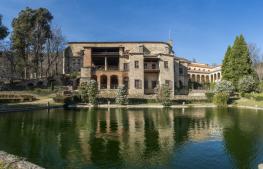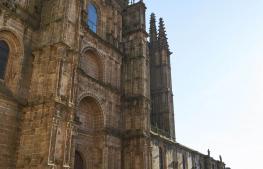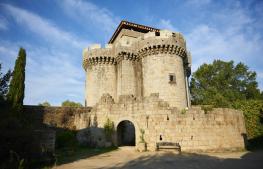Trujillo Historical Site
Adventure and heritage
Trujillo, a municipality in the county of Miajadas-Trujillo, is the heir to one of Extremadura’s finest examples of architectural heritage.
The town is the result of the different cultures that have inhabited it. From Roman Turgalium to the period of Moorish rule, when it acquired prominent significance, with the construction of a fortress in the time of the caliphate and an important part of the wall, confirming the strategic interest of ‘Turyla’.
The town then was given royal designations, reporting directly to the king as a ‘Villa de Realengo’, and then ‘Ciudad de la Corona’, until experiencing a real boom thanks to the arrival of gold from the Americas. Trujillo was the starting point for the major expeditions to the New World led by Francisco Pizarro and Francisco Becerra.
The power of the nobility and the collaboration from the Council on religious works had an influence on the development of a unique architecture that today forms the historical-artistic site.
Besides providing strategic and military advantages, the granite batholith on which Trujillo lies has provided the town with the basic material for its architecture.
The architectural development of Trujillo was concentrated within the walled area until the mid-14th century. Development outside the walls began slowly from that point onwards, while the 16th century was when Trujillo began extending outside the wall in earnest.
The urban architectural development of Trujillo made it possible to erect new stately buildings and renovate old religious constructions, providing the town with an appearance that would last until the 18th century.
In addition to the castle and the wall, the beautiful historic centre is also home to the porticoed Plaza Mayor square, which contains the most important examples of stately architecture, and is the central hub of Trujillo’s economic and social life. The space is dominated by an equestrian statue of Francisco Pizarro. The square is also home to the Palace of the Marquis of La Conquista, with its representative corner balcony, typical of palaces in Trujillo and Cáceres, the ‘House of the Chain’, Chaves-Orellana Mansion and Church of San Martín.
In terms of the religious architecture, the Parish Church of Santa María La Mayor is the most important example in Trujillo, while other iconic buildings include the Church of San Martín, Convent of San Francisco el Real and Convent of La Coria.
In 1962, Trujillo was declared an Asset of Cultural Interest in the Historical Site category.
Weather
Trujillo
20Apr

12 ºC
22 ºC
21Apr

9 ºC
23 ºC
22Apr

9 ºC
22 ºC
23Apr

6 ºC
18 ºC
24Apr

6 ºC
18 ºC
If you like Trujillo Historical Site you will like this too...
Valencia de Alcántara Historical Site
Valencia de Alcántara is a town in the county of Sierra de San Pedro.
Monastery of Yuste European Heritage
On one side of the Sierra de Tormantos mountains, two kilometres from the town of Cuacos, stands the Monastery of Saint Jerome of Yuste, an imposin
Plasencia Cathedral
The building we see today is the result of the juxtaposition of two cathedrals, the old one and the new one.
Grandilla Historical Site
Granadilla was founded by the Moors in the 9th century.

